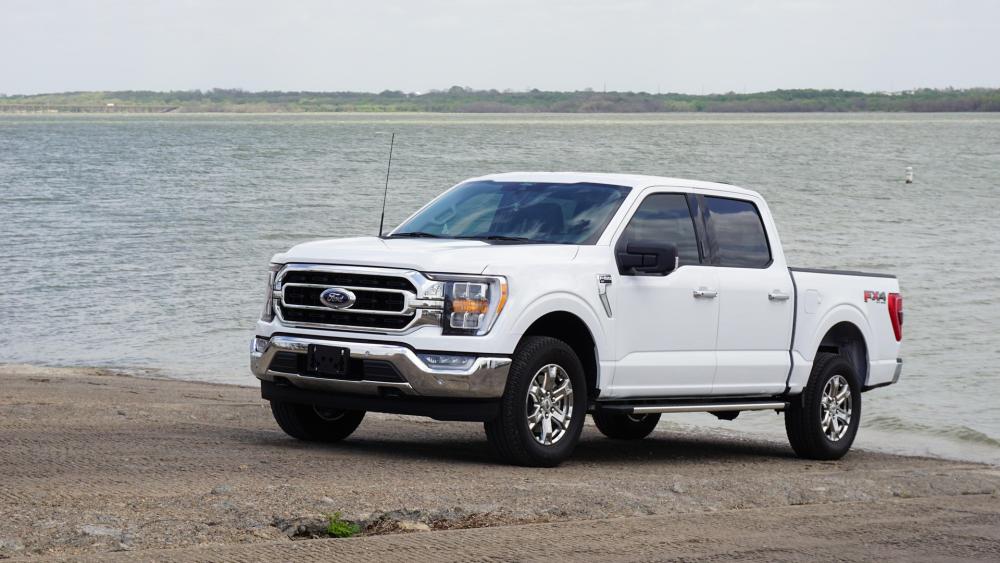Pixabay
In April, Ford announced that it will be phasing out nearly all of its passenger cars in the United States. If all goes according to plan, 90 percent of Ford’s portfolio in North America will be trucks, SUVs, and commercial vehicles. Its F-150—the most popular vehicle in America—is now poised to build on its stunning success.
|
ADVERTISEMENT |
The model’s ascent is really part of a larger, decades-long trend of Americans’ eschewing sedans for trucks and SUVs. But why do Americans flock to the F-150 over the Tacoma or the Silverado?
I study how innovation drives success in competitive markets, and Ford’s emphasis on original design—together with its frequent upgrades—have allowed the F-Series to gain an edge over its peers.
…

Add new comment